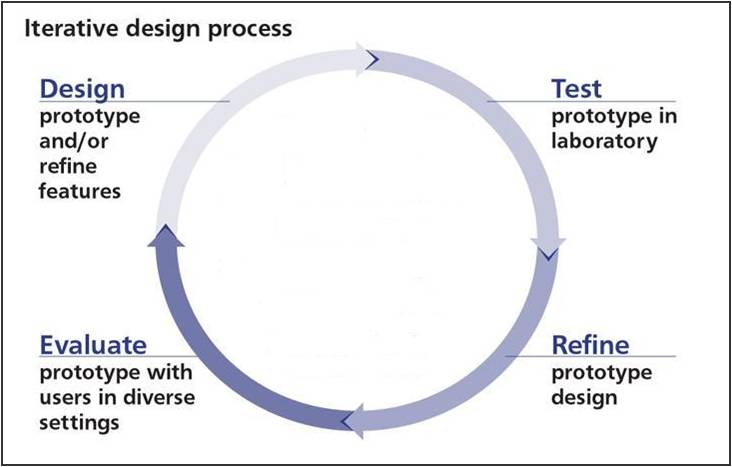Donald Norman has published an article in 2016, which generalized considerable ideations on different paths of design as well as the future of the design fields. He expressed his knowledge through simple phrases and words to incorporate sophisticated underlying design procedures. Overall, Norman has distinguished the design field into two aspects: design as craft and design as a way of thinking.
Norman has started his statement through conceptualizing design as craft and its trend in the future. He says that design bridges between technology and people, and the present environment we are living is getting more and more sophisticated, which design as craft is no longer suffice, thus intuition does not provide visible procedures when proceeding crafts. This means that designers as crafts have limitations when fabricating products, creating something that is based on the formal experience rather than designing new artifact. However, the deplete of design as craft oppresses design as thought to appear on the stage. The most commonly used term for design as thinking is called Human centered design, it comprises subjects such as psychology, ergonomics, sociology, etc.. Service design in this case can be a suitable example, because this nonphysical subject requires considerable knowledge of interactions and psychology. Furthermore, the intention of HCD is to enhance the quality of people’s life, therefore its procedures requires iterative cycles through ideation, prototype, experimentation, evaluation etc..

Although it is relatively important to have design as a way of thinking in the modern design field, there are still countless areas that require systematic design education. Educators should be constantly supporting students to receive new technologies and understanding of world’s complexity, in order to master the design thinking. In other words, design should be taught as a major subject as well as an incorporation with other departments.
Finally, Norman used fork metaphorically to describe the circumstances when meeting both design as crafts and design as thoughts at the same time. What he suggests is that there is no such different between two, there are numerous examples that prominent designers can handle or switching both simultaneously. Therefore, when this moment appears, take both and do it right.
References:
Donald Norman: https://jnd.org/the_future_of_design_when_you_come_to_a_fork_in_the_road_take_it/
Iterative cycle: https://brettchappell.wixsite.com/wbch/single-post/2015/01/10/The-Iterative-Design-Methodology